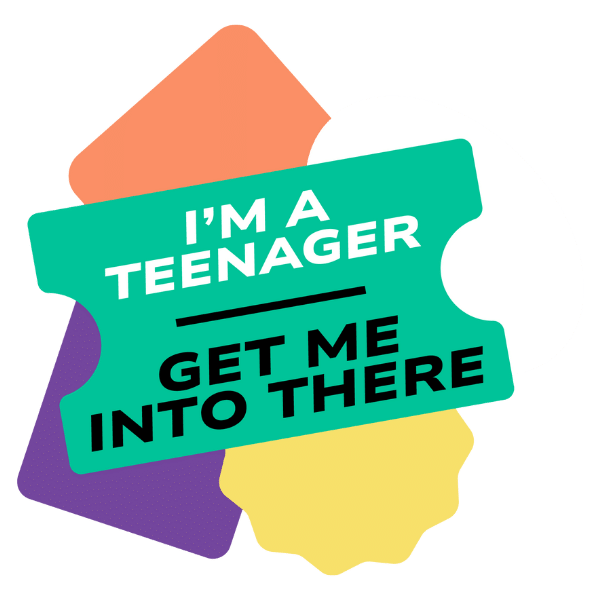
Perceptions of Young People
This module looks at our perceptions of teenagers and where they come from. We consider the dangers of stereotypes and how they might affect your interaction with young people. We will present examples of how teenagers are portrayed in the media and contrast them with some real-life experiences presented by young people in their own words.

1.
Consider what your preconceptions of young people are

2.
Understand how our perceptions of young people are formed

3.
Understand how this affects our interactions with young people
Introduction
In 1945, journalist Elliot E. Cohen coined the term ‘teenager’ in an article for the New York Times:
“In our current debate over ‘teen-agers’, the pendulum has swung between ‘What is wrong with our children?’ and ‘What is wrong with us?’ One result is that the average parent often finds himself bewildered.”
The transition from childhood to adulthood has been imagined in different ways throughout Western history:
In Ancient Greece, an ephebe was an 18- or 19-year-old training to be a full citizen of Athens
In A Winter’s Tale, Shakespeare wrote: ‘I would there were no age between ten and three-and-twenty, or that youth would sleep out the rest, for there is nothing in the between but getting wenches with child, wronging the ancientry, stealing, fighting—Hark you now. Would any but these boiled brains of nineteen and two-and-twenty hunt this weather?’
The term ‘adolescence’ emerged in the 15th Century but only became widely used at the start of the 20th. Psychologist G. Stanley Hall used the term to describe the stage between childhood and adulthood that had been lengthened due to the abolishment of child labour and emergence of universal education. Hall saw this as a phase where young people would ‘burn out the vestiges of evil in their nature’.
In the mid 20th Century, following the Second World War, it was far more likely for young people in the US and UK to remain in education for longer, continue to live with their parents and not need to start working until later. From this increased learning and leisure a new youth culture emerged, characterised by Rock’n’Roll music and James Dean films. The term teenager became widely used to describe this age group who also began to be seen as rebellious, aimless, lazy and dangerous.
Activity 1
What words would you use to describe teenagers? Write down the first five words that come into your head – try to be honest!
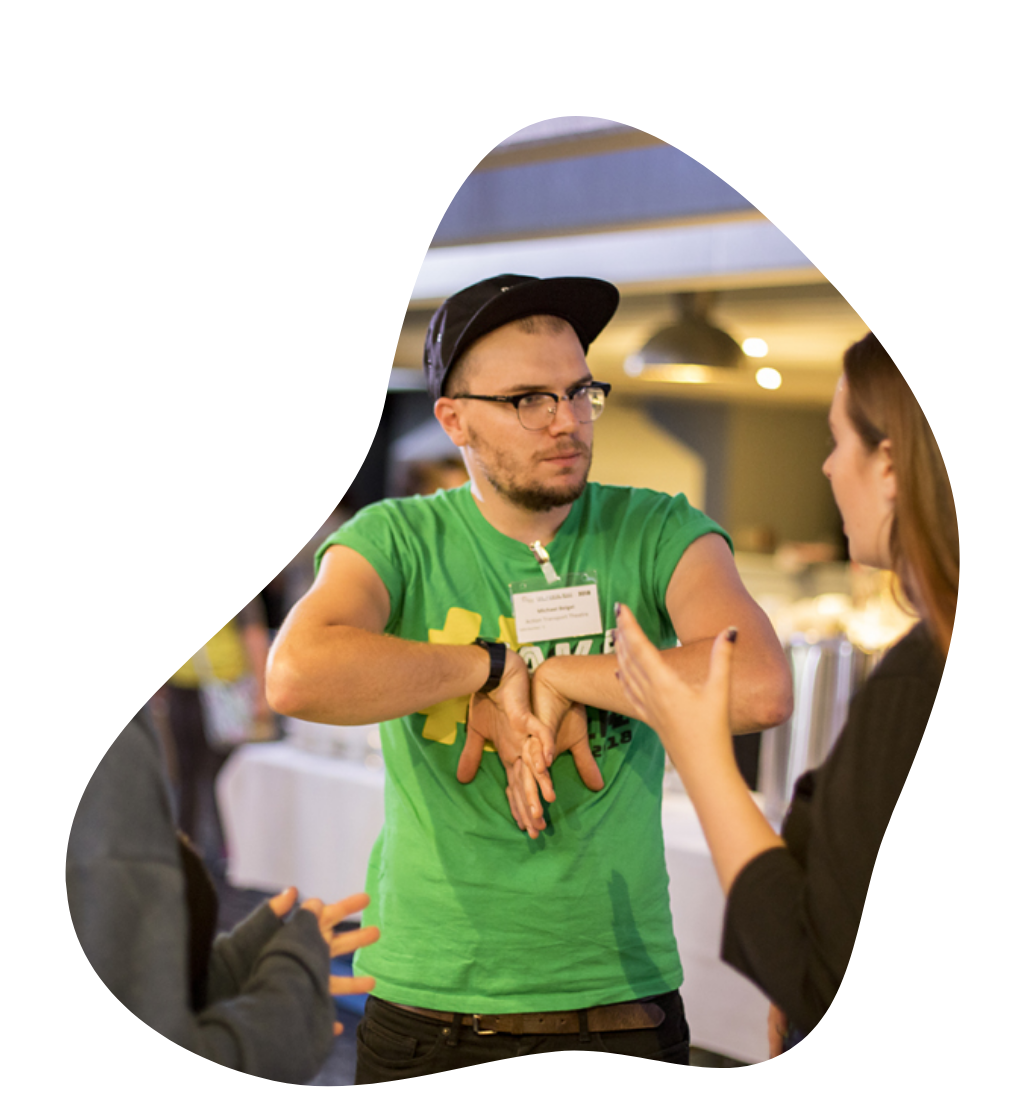
Once you have entered your words you should see a word cloud, showing words selected by everyone who has completed this course! The bigger the word appears, the more people have said it.
What negative words stand out to you?
What positive words stand out to you?
Think about the five words you chose:
Did you select more negative or positive words?
Do the words you chose look bigger or smaller on the word cloud (meaning other people also chose them or not)?
Why do you think these particular words came into your head?
Get your Learners Pack here
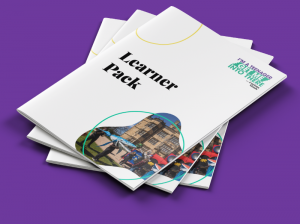
Activity 2
We find that most often, negative perceptions of young people come from other people’s stories or how young people are represented in the media or in fictional accounts.
Positive perceptions are more likely to come from direct experience and personally knowing or working with young people.
Do you agree with this? Why do you think this is?
Rank the following based on how much you think they influence your perceptions of young people:
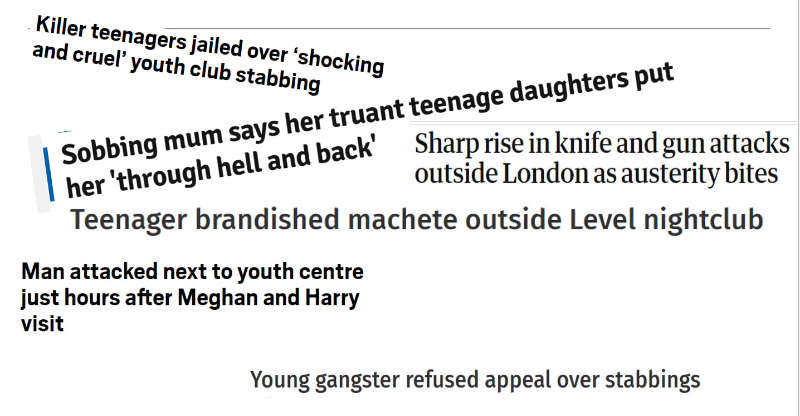
Many of our preconceptions about young people come from the ways they are represented in the media.
News stories about teenagers, particularly in tabloids, are much more likely to focus on negative behaviour, presenting young people as ‘lazy’, ‘selfish’ and ‘violent’. These stories may only represent a few individuals, but it can sometimes feel like a whole generation is being judged. In contrast, the few positive stories that exist about young people often focus on individuals as role models, such as Greta Thunberg, Malala Yousafzai or Marcus Rashford, suggesting they are exceptions rather than the rule.
Similarly, in fictional accounts, young people are often portrayed in negative ways. They are the subject of jokes, are shown as violent criminals, or as self-centred addicts. Think of Harry Enfield’s Kevin character or Vicky Pollard in Little Britain!
Extension: go to the website of your local paper, and in the search bar (if there is one) search the words ‘teenagers’, ‘youths’, or ‘young people’. Look at the first headlines that come up. Are they mostly positive or negative? What could this lead you or others to believe about young people in your area?
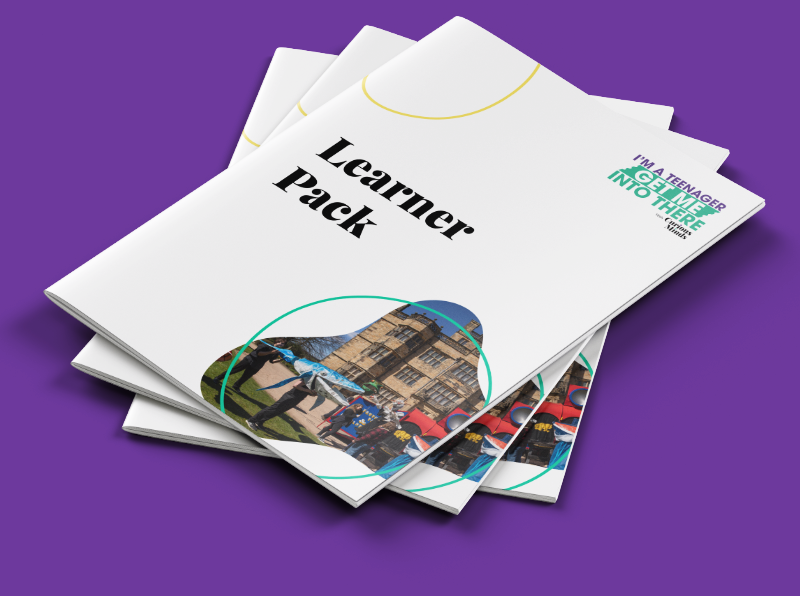
Get your Learners Pack here
Activity 3
These films were created by young people working with Oldham Theatre Workshop. They were asked to talk about a real experience of visiting a cultural or heritage venue. Some of their stories are positive and some are less so.
Watch the films and consider these questions:
What positive experiences do the young people talk about?
What negative experiences do they mention?
What might have caused the positive or negative experiences?
Do the young people have preconceptions about the venues?
Does it sound like the venue staff had preconceptions about the young people?
What effect could these preconceptions have had on this situation?
Why do you think it is important that young visitors have a positive experience in your venue?

Get your Learners Pack here
Top Tips
Here are some top tips for breaking stereotypes and making young visitors feel more welcome in your venue!
Stay aware of where your perceptions of young people come from. Try to notice immediately if you are allowing negative preconceptions to affect how you treat young people
When you hear or see a negative story about a young person, remind yourself (and others!) of a positive one!
Treat each young person who enters your venue as an individual, don’t expect them to behave the same way as anyone else
Notice how you greet young people when they enter your venue. What seems to make them feel most welcome?
Get to know if your venue has any offers for young people or activities they can get involved in – be ready to talk about these with interested young visitors
Show interest in young visitors! They have come to your venue in their precious free time – find out why they are there, what they’d like to do and know how to signpost them to something they’d find interesting or useful!
Show kindness and positivity towards young visitors – if they have a good experience they are more likely to return
In your learning journal please reflect on what you have learnt today and how you could put this into action in your venue.

Get your Learners Pack here
And Finally
How are you going to share your learning with your colleagues? Your visitors?
Did you have any lightbulb moments?
Write down one small thing you are going to do as a result of this module
Write one bigger thing you are going to do as a result of this module
Further reading
The Children’s Society – Dangers of Teenage Stereotypes
A Teenage Bill of Rights by Elliot E. Cohen (1945)
A Brief History of the Teen by Michael Hafford